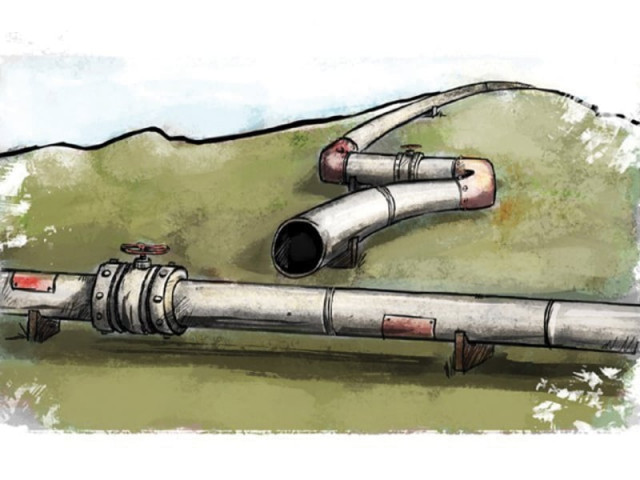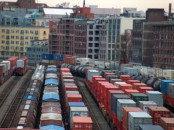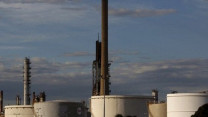Under capacity: Government revising marginal gas field policy
While country faces shortage, abandoned gas fields remain unutilised.

The new price is still being worked upon. ILLUSTRATION: JAMAL KHURSHID
The petroleum ministry is updating policy guidelines for marginal gas fields, which have been abandoned due to lack of economic viability but collectively hold a sizeable quantity of hydrocarbon reserves, said a senior official.
The new guidelines will offer a better price to the petroleum exploration and production (E&P) companies to encourage them to invest in the infrastructure that is needed to extract gas from such fields.
“Companies hadn’t shown much interest since we introduced the guidelines last year,” said a ministry official. “Hence, we are updating policy framework to increase the incentive to use marginal fields and fluid gas.”
Also known as stranded fields, these gas reserves are scattered across the country often far away from transmission pipelines. They remain unutilised as capital investment often exceeds what companies earn from these fields.
In January 2013 the government announced the gas pricing criteria and offered a premium of $0.25 per mmbtu (million British thermal unit) over the price given for the gas supplied from conventional fields.
The petroleum ministry official said previous guidelines were prepared following discussions with the industry yet there was little enthusiasm on part of the companies.
“I won’t blame E&P firms as they are in the business to maximise profits. But this is important for the country,” the official said.
The new price is still being worked upon.
Pakistan, facing a serious gas shortage, meets around 50% of its energy needs.
Against production of 4.1 billion cubic feet (bcf) per day, demand has surged to over 6 bcf, causing the recurrent closure of supply to factories and the forced shutdown of CNG pumps.
Official data is not available on exact potential for marginal fields but industry estimates it can shore up supplies by at least 13%.
According to Topline Securities Analyst Vahaj Ahmed, there are 29 fields where gas discoveries have been made but they remain abandoned. “Their estimated potential comes to around 500 million cubic feet per day (0.8 bcf).”
Many of these fields are located in far-flung areas away from pipeline infrastructure of the Sui Southern Gas Company and the Sui Northern Gas Pipelines Limited. Increasing pipeline infrastructure requires massive investment, which is not made until a gas reserve is sizeable.
“When exploration companies make a discovery they try estimating the revenue it would generate for let’s say 15 years,” said Ahmed, adding that if present value of future revenue is less than capital expenditure, the field is abandoned.
On the other end, even if a small quantity of oil is discovered, the E&P firms would do anything to pump out every drop of it, he said. “Price of gas is $15 to $18 per barrel oil equivalent (BOE). For oil that is $90 BOE. Oil earns them five times more than gas.”
Ahmed says another drawback in the guidelines was a restriction on fields, which, however, is marginal. “This applies to the fields, which have been found in the past four years,” concluded Ahmed, adding that the size of reserves could be greater if all the abandoned fields are included.
Published in The Express Tribune, April 18th, 2014.
Like Business on Facebook, follow @TribuneBiz on Twitter to stay informed and join in the conversation.



















COMMENTS
Comments are moderated and generally will be posted if they are on-topic and not abusive.
For more information, please see our Comments FAQ